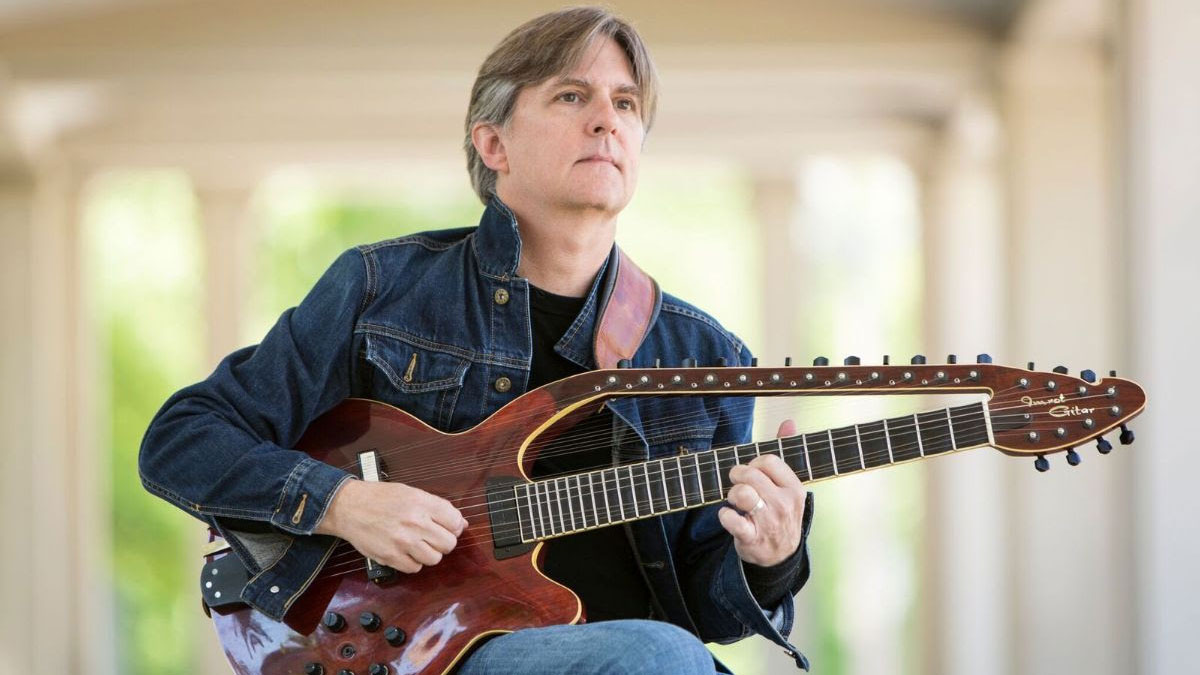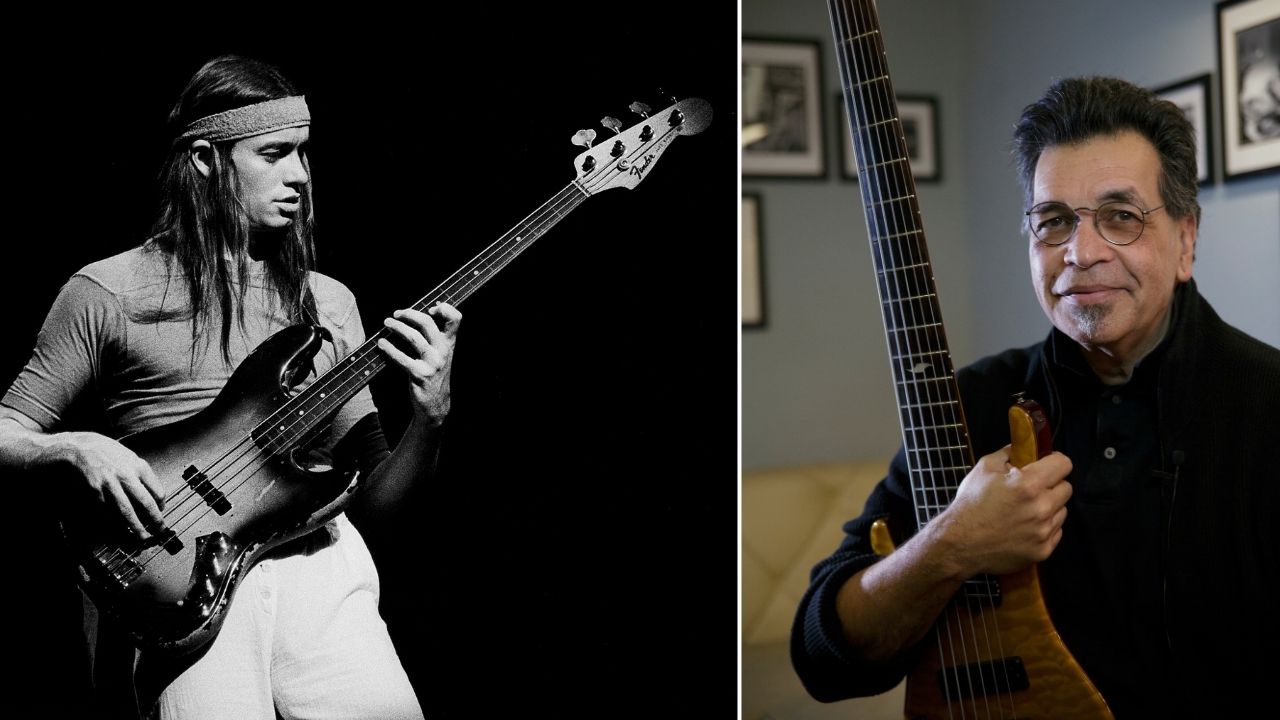How Todd Mosby's Imrat Guitar lets him combine western harmony with Indian melodies for a thrilling hybrid sound
Mosby’s Imrat guitar is an electric guitar with both playing and drone strings, and a sitar-like resonance

With roots in jazz, folk and Indian classical music, guitarist Todd Mosby is eclectic, to say the least. In the mid-'90s, he found himself in need of an axe that could accommodate the techniques and compositional ideas he’d drawn from both his Eastern and Western influences.
As a result, he co-designed a unique hybrid instrument he calls the Imrat guitar, which combines elements of the guitar and Indian instruments such as the sitar and rudra veena.
It can be heard on Mosby’s most recent album, Aerial Views, a set of soft-hued impressionistic jazz compositions featuring A-List players like bassist Tony Levin (King Crimson, Peter Gabriel) and drummer Jerry Marotta (Peter Gabriel, Paul McCartney).
The Imrat guitar is named for Mosby’s longtime Indian music teacher, the celebrated master Ustad Imrat Khan, who taught sitar to George Harrison and Brian Jones during the Sixties and later resided in Mosby’s hometown of St. Louis, Missouri.
“I’d been studying with Imrat for about four years, starting out on just regular acoustic guitar,” Mosby says. “But I got to a point where I needed to access deeper levels of Indian music. Luckily I knew a luthier, Kim Schwartz, who already had a design that was somewhat in the ballpark of what I had in mind. So the three of us started designing plans for a personal instrument that I could use as a jazz musician.”
Mosby’s electric Imrat guitar resembles a harp guitar in many ways. The fingerboard has five principal playing strings plus three chikari (rhythmic drone) strings. The harp above the fingerboard consists of 12 sympathetic strings. All strings are suspended across one of two sitar-style jivari bridges which help create a sitar-like buzzing, resonant tonality.
The fingerboard is scalloped and has jumbo frets, enabling dramatic microtonal string bends, which are essential in performing Indian classical music. But you can also play chords, which are required for most Western music forms, such as jazz.
All the latest guitar news, interviews, lessons, reviews, deals and more, direct to your inbox!
“Western music took harmony to the highest level with Schoenberg and other classical composers,” Mosby says. “And in India, they wound up taking melody to the absolute highest level. With the Imrat guitar, I can incorporate both of these beautiful traditions in my playing.”
- Aerial Views is out now via Mosby Music Group.
In a career that spans five decades, Alan di Perna has written for pretty much every magazine in the world with the word “guitar” in its title, as well as other prestigious outlets such as Rolling Stone, Billboard, Creem, Player, Classic Rock, Musician, Future Music, Keyboard, grammy.com and reverb.com. He is author of Guitar Masters: Intimate Portraits, Green Day: The Ultimate Unauthorized History and co-author of Play It Loud: An Epic History of the Sound Style and Revolution of the Electric Guitar. The latter became the inspiration for the Metropolitan Museum of Art/Rock and Roll Hall of Fame exhibition “Play It Loud: Instruments of Rock and Roll.” As a professional guitarist/keyboardist/multi-instrumentalist, Alan has worked with recording artists Brianna Lea Pruett, Fawn Wood, Brenda McMorrow, Sat Kartar and Shox Lumania.

